Compliance schemes collected a total of 494,976 tonnes of WEEE in 2019, 90% of the target of 550,577 tonnes.
This is around 2,000 tonnes more than the previous year, but still falls some way short of the target of 65% of WEEE placed on the market set by the EU.
However, the fact the UK has missed its target is not expected to cause a great amount of surprise, as Defra has already started on measures to improve the recycling rate. This includes in-store take-back for some retailers from next year. And, the 65% target is seen as unlikely to be met by many European countries.
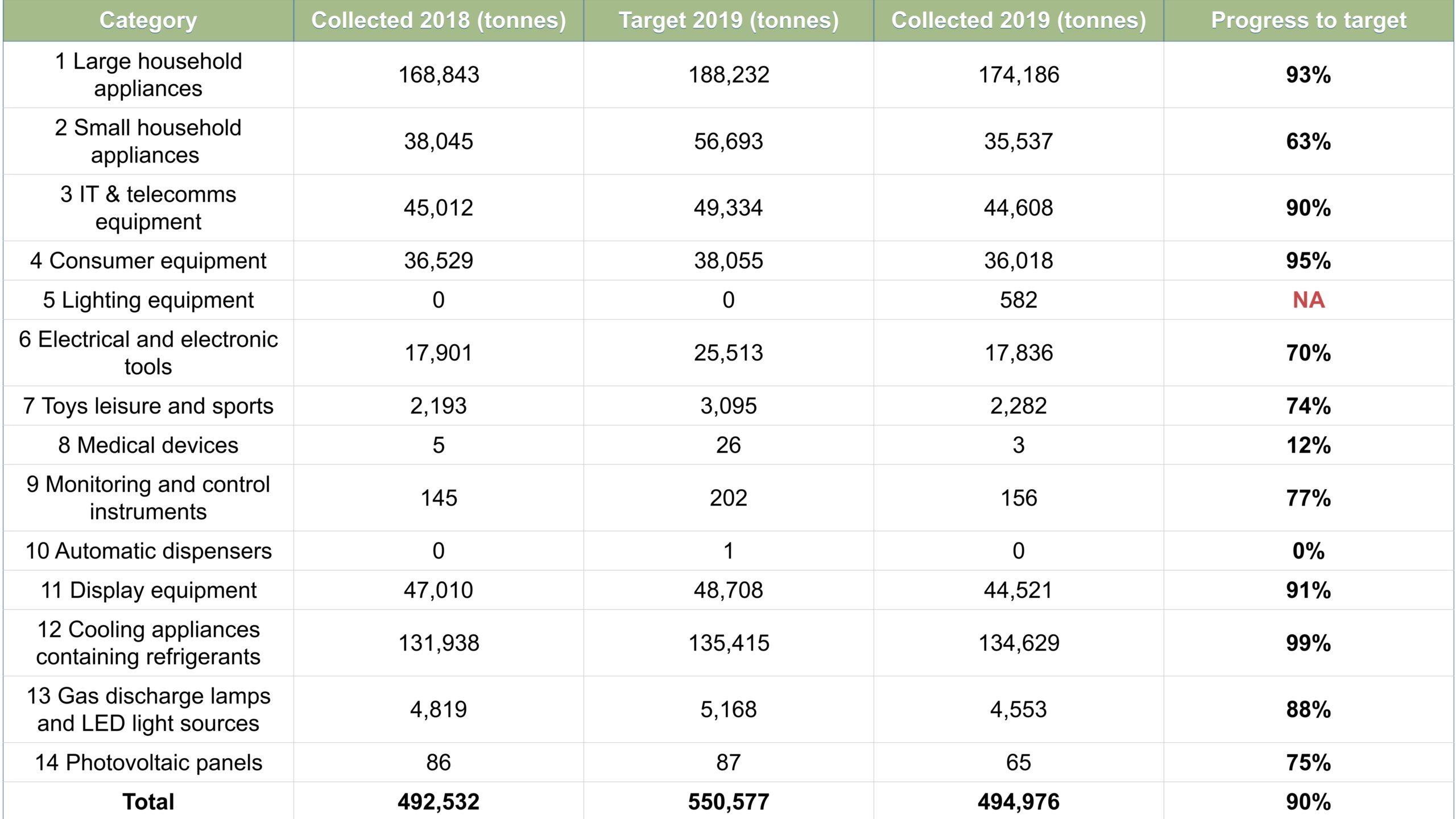
Disappointing
Nigel Harvey, chair of the WEEE Scheme Forum and chief executive officer of compliance scheme Recolight, told letsrecycle.com: “When the 2019 WEEE collection targets were set last year, they were widely considered to be unachievable. And so although it is disappointing, it is also not surprising that the target has been missed.
“Some of the changes coming into effect this year should have a positive impact on collections in 2020. Requiring retailers to collect WEEE instore is a great move – making it easier for consumers to drop off their WEEE should help improve the situation.
“It is also worth noting that virtually all EU countries look likely to miss the 2019 65% target. This is a clear indication that the target setting methodology itself is flawed and in need of a radical rethink.”
Weight
In 2019, the EU’s overall target for WEEE collection rose from the equivalent of around 45% of the weight of new products placed onto the market during the last three years to 65% (see letsrecycle.com story).
Failure to meet the targets mean some producer compliance schemes will be required to pay into a compliance fee fund in order to fulfil their recycling obligations for the year.
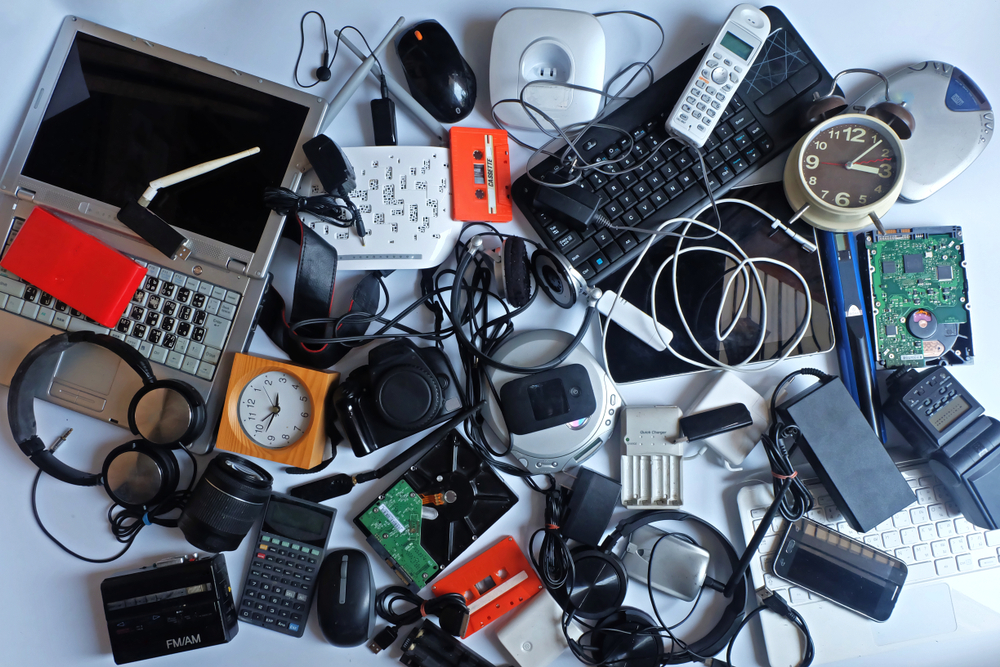
A proposal submitted by the Joint Trade Association, a group of product-focused trade associations who work on policy issues around producer responsibility, for 2019’s WEEE compliance fee was approved by ministers in February (see letsrecycle.com story).
This will be the third consecutive year in which a JTA-proposed methodology has been used to determine the fee.
Estimates
Phil Conran, chairman of the WEEE sector’s representative body the AATF Forum, told letsrecycle.com: “While we’re working on Defra’s substantiated estimates, it seems we are going to be left with a big gap in terms of tonnage, which will lead to a very large compliance fee.
“It could be significantly higher than last year and anywhere between £4 million or £5 million.
“It shows the system isn’t working – the flat levels for the last few years are not looking good for the mechanism or the compliance fee.”
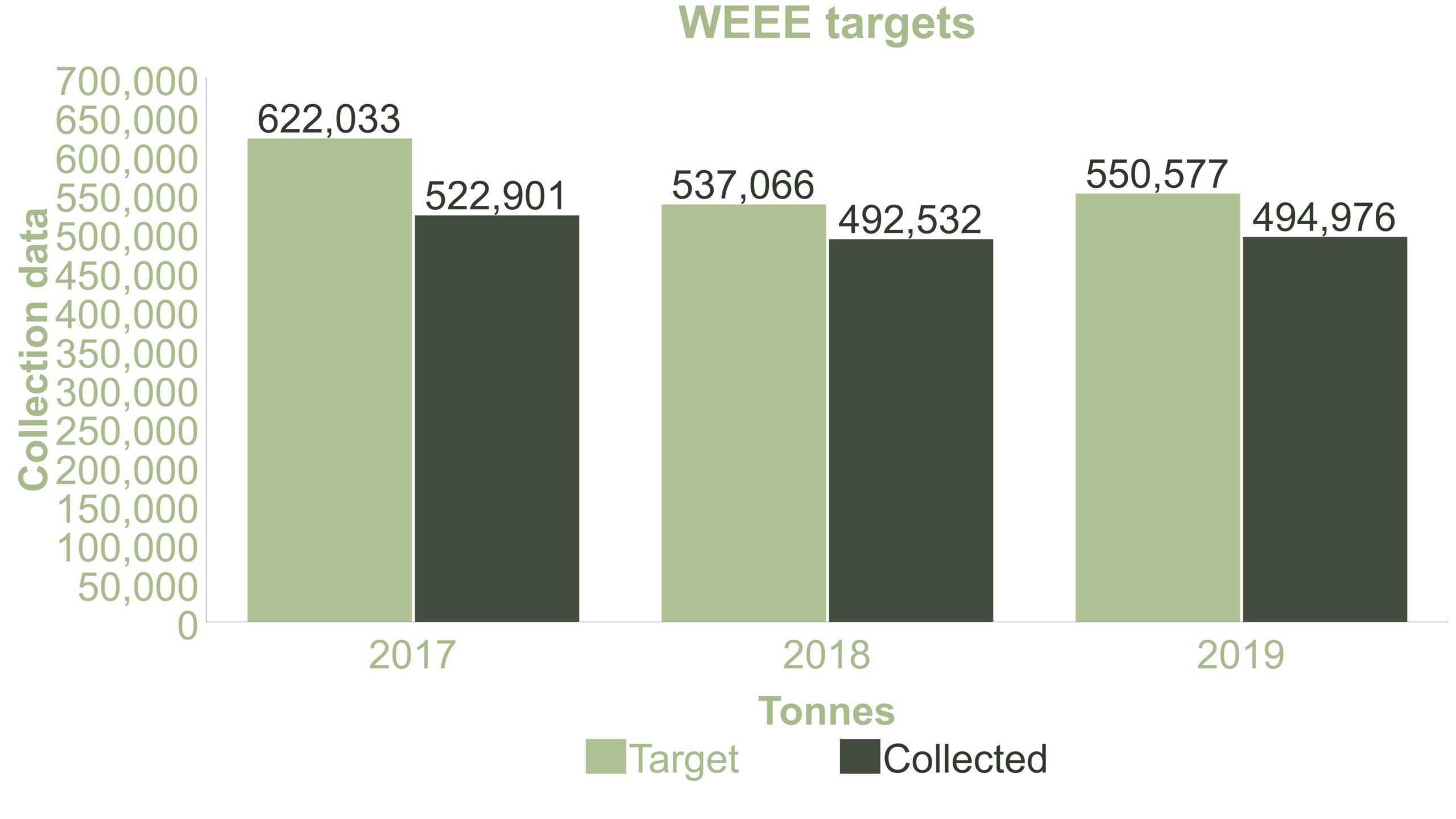
‘Insanity’
The view the current system is not fit for purpose was echoed by Robbie Staniforth, head of policy at compliance scheme Ecosurety.
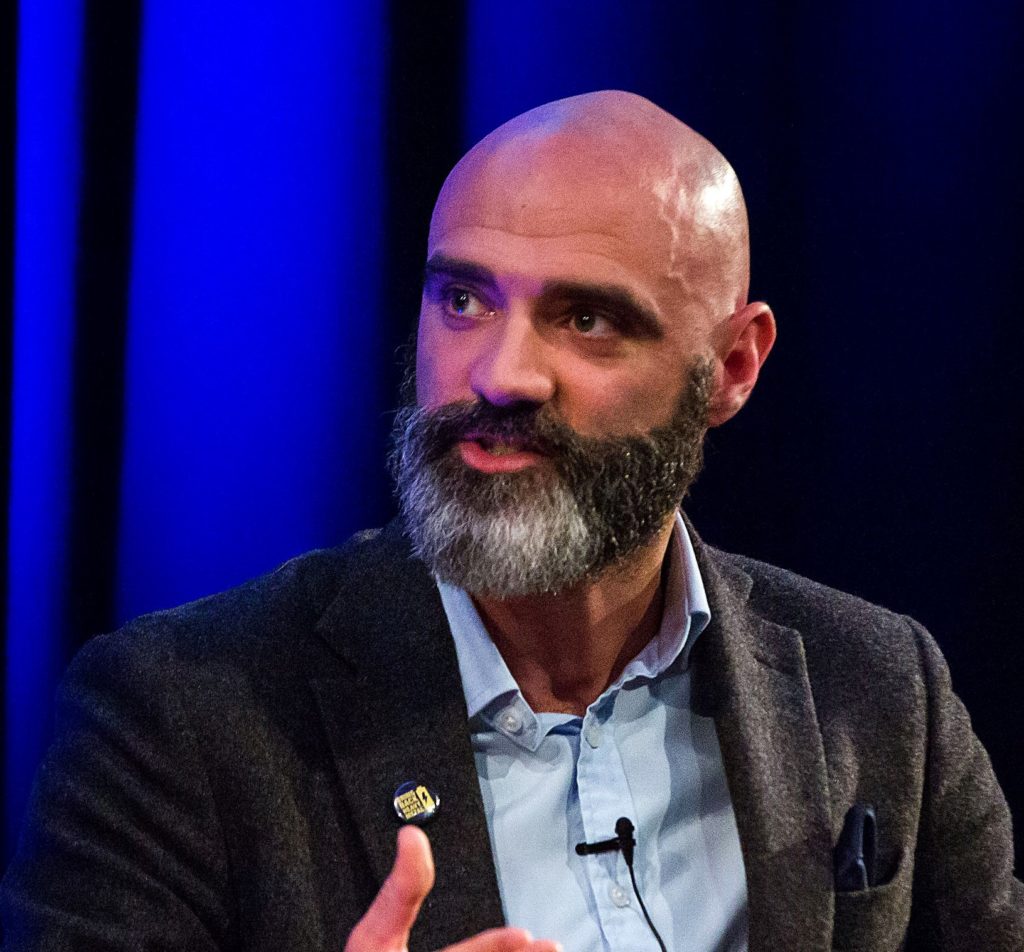
He told letsrecycle.com: “I think it was Einstein who said the definition of insanity is doing the same thing over and expecting a different result.
“The government again set a challenging target and again it was missed, showing that amount of WEEE recycled is now decoupled from targets.
“No one in industry will be surprised by these results. The compliance fee, producer balancing system, target-setting and WEEE fund are all necessary evils, rather than a well thought out policy framework.
“It is heartening to see the policy wheels starting to turn in government as only a change in legislation will restore sanity to this industry.
“We’re hopeful that it will be third time lucky for the WEEE system as we can learn from the mistakes of the previous two versions of the regulations.”
Targets
The total collected remains at a similar level to 2018, when 492,532 tonnes was collected, representing 92% of the target (see letsrecycle.com story).

Louise Grantham, chief executive of compliance scheme REPIC, told letsrecycle.com: “As we anticipated, the overall household WEEE collections in 2019 have remained broadly static relative to 2018, with a slight increase of roughly 1,600 tonnes overall.
“EEE placed on the market has increased relative to 2018, however the move to open scope and stocking levels around Brexit are thought to explain most of this.
“The amount of WEEE arising was below target in every category. Our own research shows the relationship between EEE placed on the market and WEEE collected is complex and increasing the producer compliance scheme targets does not lead to more WEEE being made available for collection.
“The WEEE and EEE Flows Study commissioned by the WEEE Fund will provide more information on opportunities to either increase collections or identify legitimate alternative end of life product flows.
“There is certainly an opportunity to increase awareness amongst householders to encourage them to dispose of unwanted electricals in a timely fashion, and in the correct way.”
‘No surprise’
It had been anticipated it would be a struggle for compliance schemes to meet the targets, with data published for Q3 in December showing the UK was only just more than two thirds of the way there (see letsrecycle.com story).
“This year should be the turning point”
Matt Manning, compliance and recycling operations manager at Dixons Carphone, told letsrecycle.com: “It shouldn’t come as a surprise that the UK has missed the 2019 WEEE target given all the previous quarterly collection trends.
“However, with a national WEEE recycling campaign due to launch and a WEEE consultation, along with changes to distributor obligations happening from 2021, this year should be the turning point when the industry refines the current system to ensure WEEE recycling is easy, convenient and well-known to the general public and starts pulling out all the waste electronics currently hoarded away or going down improper recycling routes.”






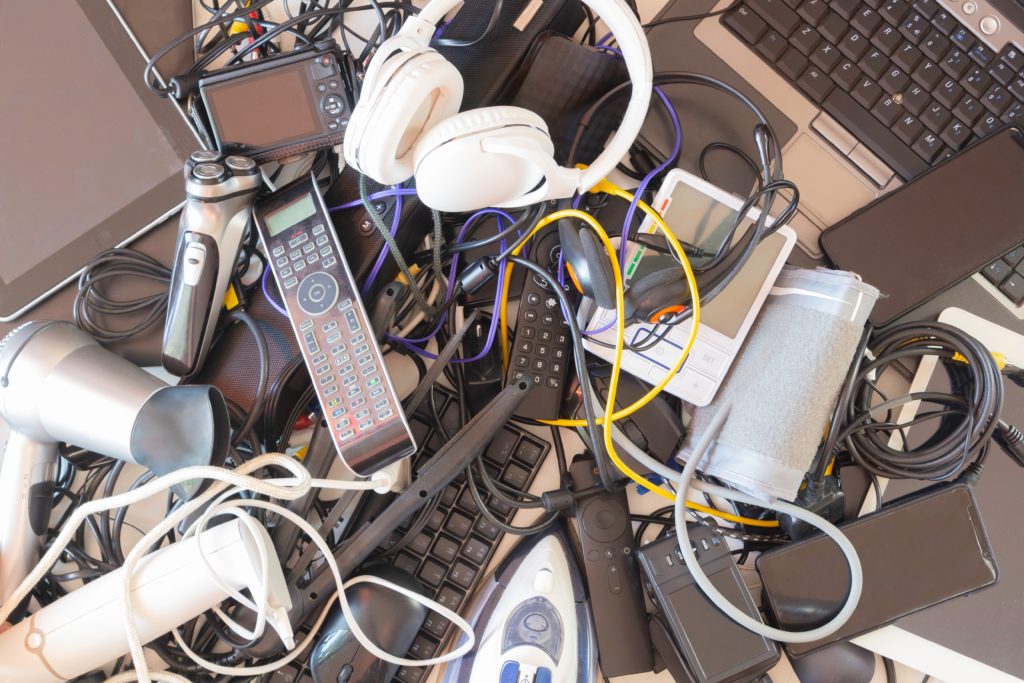

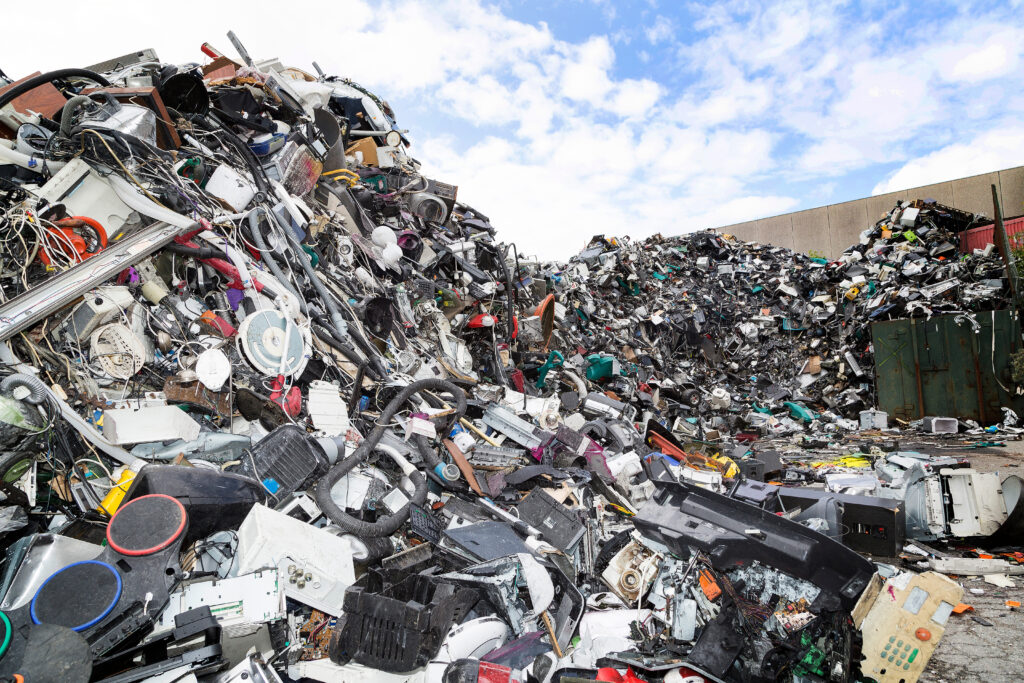


Subscribe for free